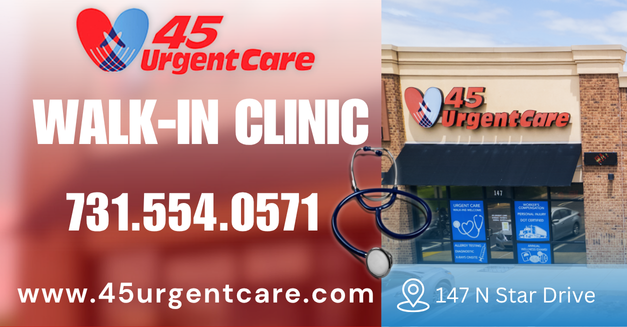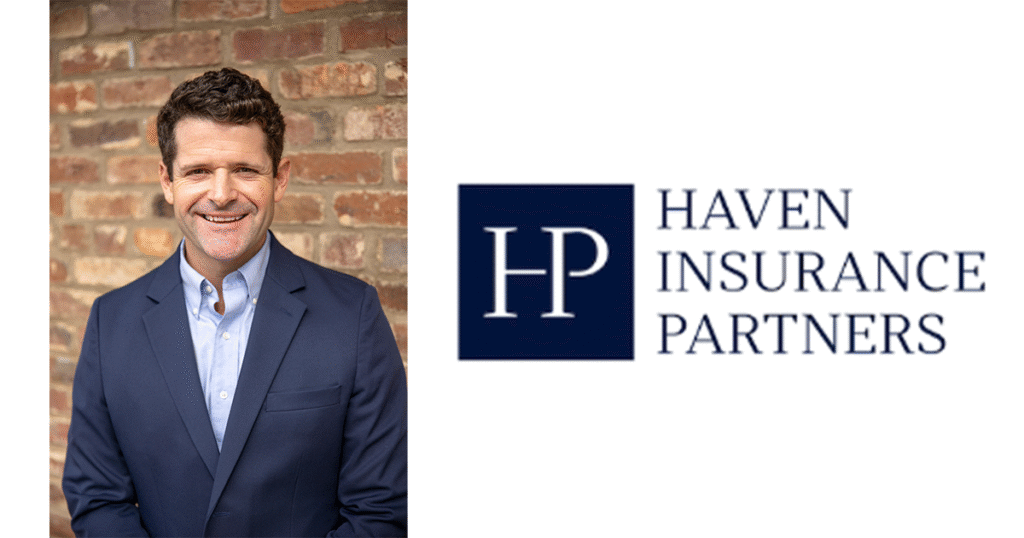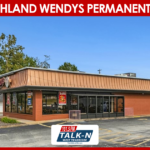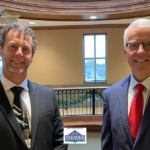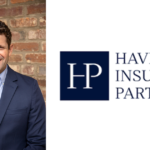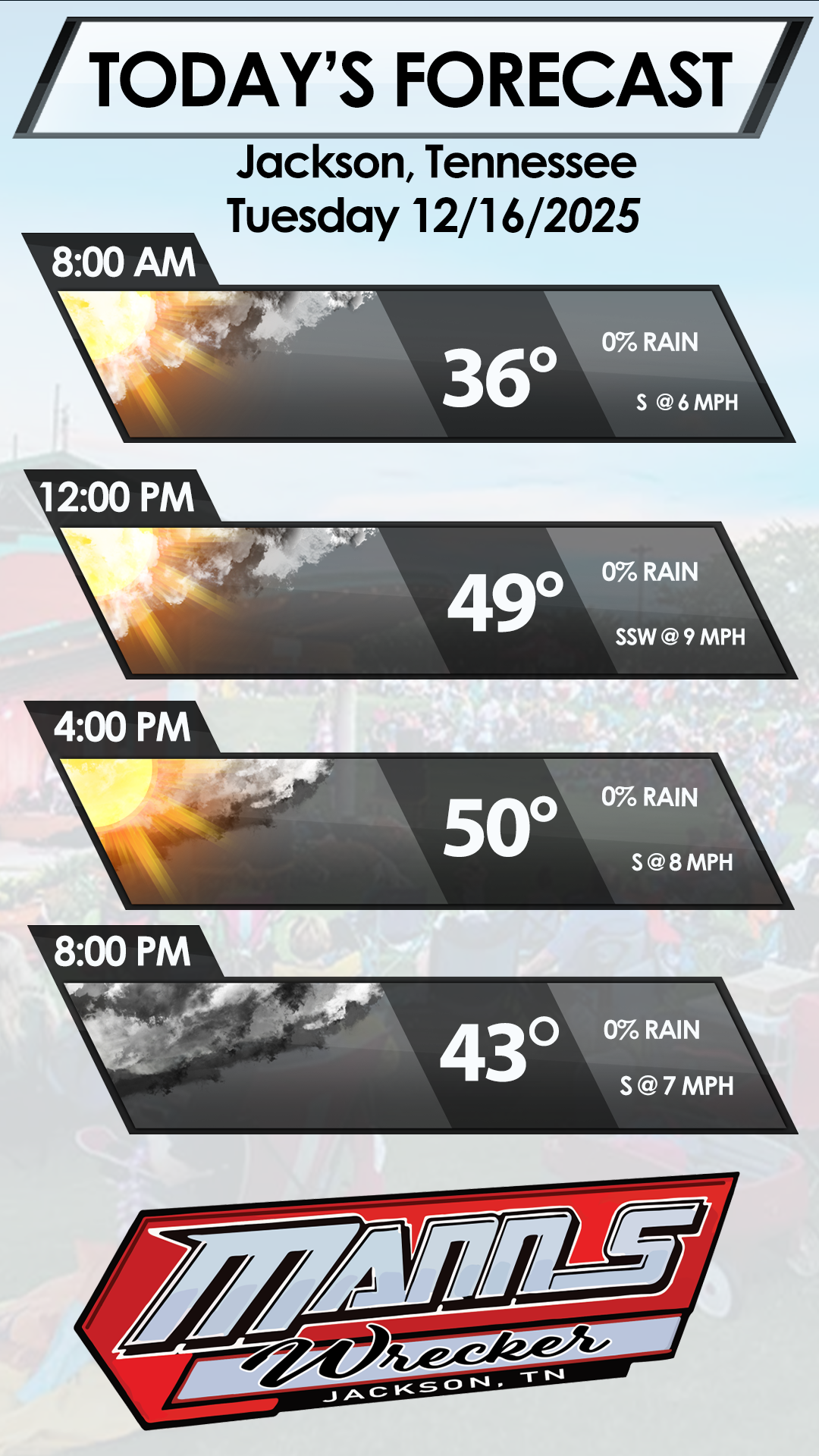Caleb Meriwether, Haven Insurance Partners, visits with Dan Reaves, host of ‘The Dan Reaves Show,’ – 101.5 FM – today, and each Wednesday at 3:30 p.m., to discuss all things insurance.
Full Self-Driving Tech, Tesla, and the Future of Auto Insurance Liability
Advanced vehicle automation is no longer a futuristic concept—it is on the road today. Tesla’s systems continue to gain traction, and other manufacturers are rapidly investing in autonomous or semi‐autonomous vehicle systems. As this technology evolves, the question becomes: Who is responsible when a vehicle is driving itself (or is claimed to be)?
Auto insurance has always been built around human drivers, their mistakes, and their behavior behind the wheel. But FSD and similar technologies are changing liability dynamics in meaningful ways.
Understanding FSD and ADAS Levels
Tesla’s “Full Self-Driving” (FSD) (and its earlier Autopilot/driver-assist systems) currently fall under the category of Advanced Driver Assistance Systems (ADAS)—not legally classified as fully autonomous. They require driver attention and the ability to intervene at any time. Regulatory definitions (for example from the National Highway Traffic Safety Administration (NHTSA) and the Society of Automotive Engineers (SAE)) describe six levels of automation:
- Level 0–2: The driver remains fully responsible for all driving tasks.
- Level 3: The vehicle can operate itself under certain conditions, but the driver must remain available to intervene.
- Level 4–5: Full autonomy in certain or all conditions, respectively, with the system responsible for safety.
Most consumer vehicles today—including those from Tesla—rest in Levels 2 or possibly 3 depending on the scenario, but they are certainly not Level 5.
How Insurance Sees It Today
Because these systems still require driver oversight, auto liability policies today generally treat the human driver as the liable party when a crash occurs. The rationale:
- The driver is expected to monitor the system and intervene.
- The vehicle manufacturer’s liability is limited because the system is not self-driving in the legal sense.
- Claims involving driver-assist technology may require deeper investigation into logger data, system status, driver inputs, etc.
In short: if a vehicle with ADAS crashes, the driver’s auto liability policy typically responds first, and issues like distracted driving, failure to intervene, misuse of the feature, or driving outside the feature’s design scope remain central.
The Shift Toward Manufacturer Liability
However—as systems move closer to full autonomy—the liability landscape is shifting. Consider these trends:
- Some manufacturers have pledged to assume liability when their certified autonomous mode is in control (under defined conditions).
- Software updates, remote sensor/hardware systems, and data connectivity raise questions about shared or shifting liability (driver + manufacturer + software developer + sensor/hardware vendor).
- Insurers increasingly must consider: Will drivers still bear 100% of the risk? Or will the manufacturer (and its product liability insurance) bear a portion?
Thus, in the future we may see dual‐layer insurance structures: one for driver liability, another for autonomous/AI system liability.
Case Study – Florida Crash Involving Tesla Autopilot
A particularly important case out of Florida illustrates the shift in liability and how the insurance/claims world may change.
Facts of the case
On April 25, 2019, a driver operating a 2019 Tesla Model S in Key Largo, Florida (Card Sound Road at County Road 905) allegedly had the vehicle’s Autopilot (or driver-assist system) engaged while driving at about 60+ mph, then plowed through a stop sign/flash-red light at a T-intersection and struck a parked Chevrolet Tahoe. The Tahoe then struck two pedestrians—one of whom, 22-year-old Naibel Benavides Leon, was killed; the other, Dillon Angulo, was seriously injured. CBS News+2wplg+2
Legal outcome
In August 2025 a federal jury in Miami found that Tesla was partially liable (about 33%) for the incident, holding that the Autopilot system contributed to the crash. The jury awarded approximately $243 million (compensatory + punitive) to the victims’ estate and injured party. Reuters+1
Why this matters
- The case is a rare one in which a manufacturer of driver-assist technology was found to bear liability independent of driver fault.
- The decision suggests that insurers and lawyers may consider the manufacturer’s role when driver‐assistance systems are claimed to be in use.
- For auto insurance underwriting and policy wording, this signals a potential shift in how liability is modelled: not just “driver failed to intervene,” but “system allowed misuse, marketed beyond scope, or insufficiently warned.”
- From a risk-management standpoint, this means that advanced ADAS systems—even those not fully autonomous—can trigger product liability issues that spill into auto insurance and beyond.
What Drivers Should Expect & What Insurers Should Watch
For drivers/policyholders
- Having ADAS or FSD-type features in your vehicle does not eliminate your responsibility as the driver.
- Even when a system is engaged, you must follow the manual, keep hands on wheel/eyes on road, and intervene when required.
- In vehicles equipped with advanced features, claims investigations may focus not just on your actions, but on system logs, feature limitations, and how you used the system.
For insurers and agents
- Underwriting: Vehicles with advanced driver-assist or “FSD” features may require different risk assessment—both because crash frequency may decrease, but repair costs and liability complexity may increase.
- Policy design: You may see endorsements or new coverages addressing “vehicle automation failure” or “software/hardware system liability.”
- Claims handling: Investigations will increasingly involve data and telematics—what the system thought it was doing, driver engagement, system overrides, etc.
- Liability shifting: As shown by the Florida case, part of the risk may shift from driver to manufacturer. Insurers may need to liaise with product-liability carriers or have carve-out language for highly automated vehicles.


